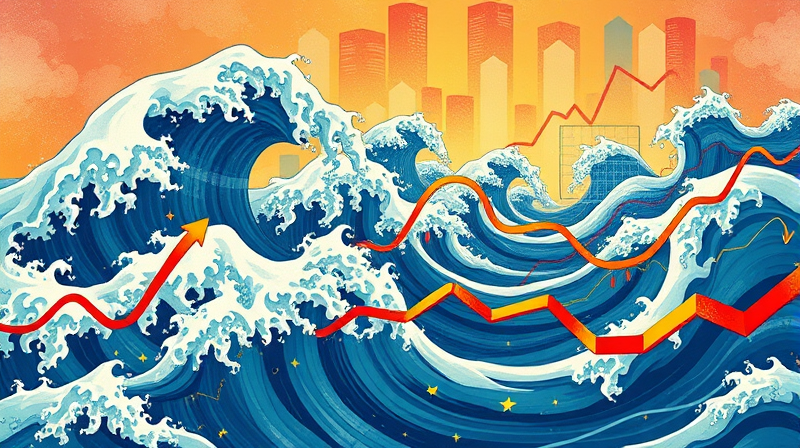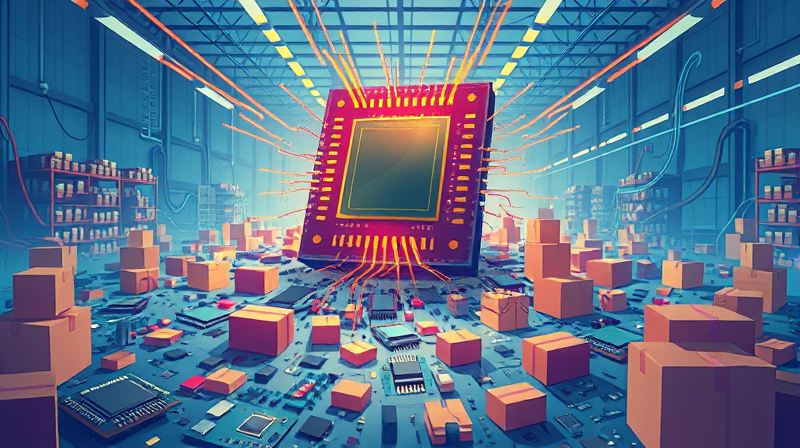
June’s manufacturing figures delivered a brighter-than-expected signal for the US economy, showcasing the sector’s growing resilience and offering insights for businesses and investors alike.
The S&P Global Flash US Manufacturing Purchasing Managers’ Index (PMI) is a widely followed gauge of factory activity. It aggregates several subindices—new orders, production, employment, supplier delivery times and inventories—into one composite reading. A PMI above 50.0 indicates expansion, while a reading below 50.0 signals contraction.
By distilling dozens of data points into a single figure, the PMI offers a near–real-time snapshot of underlying economic momentum. For decision–makers, it serves as an early warning system and a valuable tool in forecasting growth trends.
The flash PMI for June held steady at 52.0, unchanged from May but surpassing the consensus forecast of 51.1. This marked the highest reading since February and reaffirmed that the manufacturing sector remains on a growth trajectory.
Below is a snapshot of the most significant June readings:
Each component of the PMI offers clues on the health and direction of manufacturing:
New orders indicate underlying demand; production reveals current capacity utilization; employment tracks hiring momentum; inventories and backlogs hint at supply chain dynamics; and input prices highlight inflationary pressures.
June’s strong new orders and production readings suggest end-user demand remains resilient, even as firms grapple with higher raw material costs. Employment and backlog gains point to an expanding workforce managing increasing workloads.
While manufacturing roared ahead, the service sector saw its PMI dip from 53.7 to 53.1 in June, hinting at a modest cooling. Export orders have been softening, yet domestic demand for capital goods and machinery has largely offset external headwinds.
This divergence underscores the importance of distinguishing domestic and trade dynamics when interpreting broad economic indicators. For now, robust consumer spending and business investment in the United States are anchoring factory output.
Several factors converged to propel the upside surprise:
Chris Williamson, Chief Business Economist at S&P Global, noted, “While domestic demand has strengthened, this in part reflects a boost from stock building, in turn often linked to concerns over higher prices and supply issues resulting from tariffs. Such a boost is likely to unwind in the coming months.”
Input costs jumped at their fastest clip since mid–2022, driven by a combination of raw material shortages, logistics expenses and inbound tariffs. Manufacturers have increasingly passed costs along to customers, driving selling prices higher.
Though higher prices can support revenues in the near term, sustained inflation may erode consumer purchasing power and force a policy response from the Federal Reserve, adding complexity to future rate decisions.
The better–than–expected PMI print has prompted fresh debate among investors and policymakers. On Wall Street, cyclical sectors—such as industrials and materials—are drawing renewed interest, while defensive names may trade with less enthusiasm.
For the Federal Reserve, the uptick introduces a layer of uncertainty. A sustained expansion in manufacturing, combined with elevated price pressures, could tilt the Fed toward a more hawkish stance, complicating the timing and pace of any rate changes.
Despite the optimistic numbers, several risks loom:
Manufacturers’ sentiment remains cautiously optimistic, although many executives cite concerns over trade policy, government spending and the potential for Fed rate hikes.
To navigate this complex environment, stakeholders can consider the following strategies:
June’s PMI surprise underscores manufacturing’s resilience and the economy’s underlying strength. However, much of the momentum stems from stock building and price adjustments, introducing questions about sustainability.
As businesses and investors interpret these signals, a balanced approach—recognizing both the upside potential and the persistent uncertainties—will be key. By combining responsive strategies with careful risk management, stakeholders can position themselves to thrive in this dynamic and evolving landscape.
References













